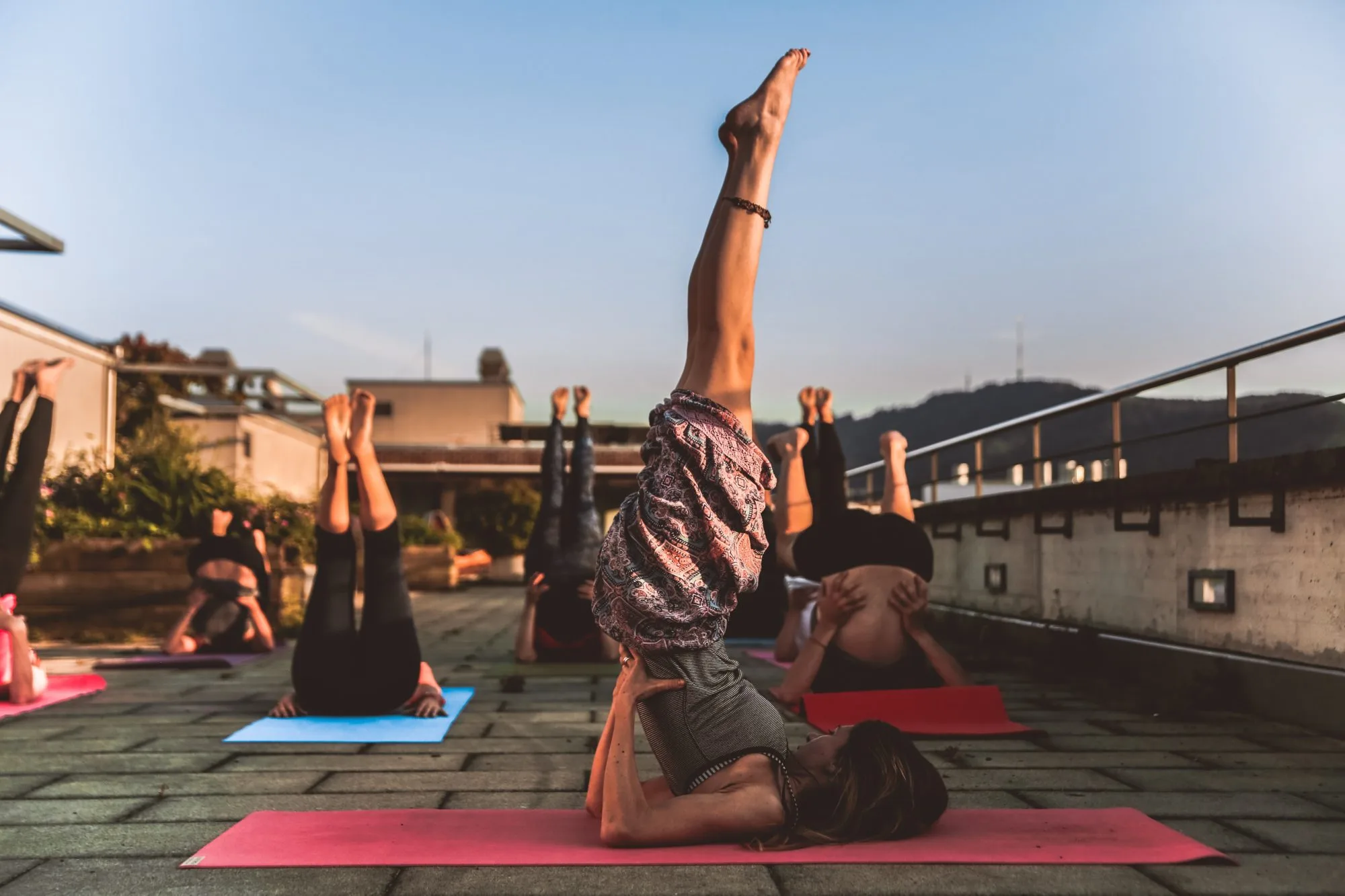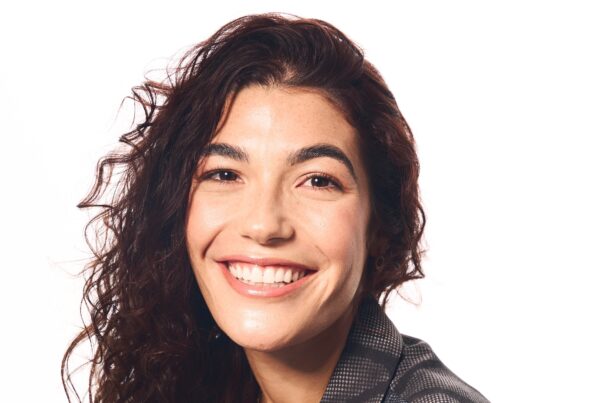Improve depression so that you can live your life freely and happily. Having said that, trying to relieve the symptoms of Depression can be exceptionally complicated. There is no quick fix, but luckily if you’re open-minded enough you can help reduce the symptoms through trial and error. Just be careful not to get bombarded with different medications and therapies. Rather, spend time working on your lifestyle and using yoga to help get you through life’s troublesome times.
In fact, the best improvements are mostly seen from changing up your lifestyle. Yoga is probably the most straightforward and symptom-free method you can find. It’s a fantastic option to help you manage depression.
Improve Depression Naturally
I have never been an advocate for taking lots of heavy medication. I don’t believe that it’s good to be dependent on a pill to solve your problems every day. You need to find ways you can handle them yourself and take control.
New studies show that yoga can improve mood and anxiety measures in people with depression. Apparently, they can do this so much that these people match those of non-depressed individuals. Therefore, if you struggle with depression, then practicing yoga consistently will help you significantly.
You don’t need to have experience either. Yoga is ideal for beginners and is based on slow progress anyways. You just need to believe in it and in yourself. Be patient and have faith that yoga is going to help heal you from within and then without. This doesn’t mean that you should stop your therapeutic treatments; you could simply do them in conjunction with one another.
![improve depression [longevity live]](https://longevitylive.com/wp-content/uploads/2019/04/active-beautiful-blond-866370-1-320x215.jpg)
Choose Your Style Of Yoga Wisely
World-renowned teacher of Iyengar, Patricia Walden says that your choice of yoga is the most important for combating the symptoms to improve depression. That’s how movement works in general. You need to figure out what it is you want the movement to do for you and then learn about the type of movements available.
This study used a particular sequence of poses developed by Walden. It is a yoga method that focuses on alignment, safety and specific modifications with clear steps to advance in a pose. According to Walden, some of the best yoga poses for depression are:
- Down Dog,
- Heart Bench.
- Headstand.
- Camel.
- Wheel.
- Savasana.
Hold The Downward Dog
Walden says this is a great way to build strength while feeling stable. Since the pose is physically challenging, it demands that you focus your mind on it rather than on your depressive thoughts.
How To: Start on your hands and knees with your wrists under your shoulders and straight across your mat. Step back to a plank pose so that your wrists are under your shoulders and your legs are straight. Without moving your hands or feet, stretch your hips up and back to an upside-down “V” shape. Spread your fingers wide and flatten the entire perimeter of your hands evenly. Press your hands down to straighten your arms, lengthen your back and tilt your pelvis up. As much as you can keep a curve in your low-back, stretch your legs as straight as they will go. Hold for 10 deep breaths and release.
Heart Bench
Walden explains that this is a passive backbend. This means you can use props for support if you’d like. The heart bench pose can help you expand and open your rib cage. This is the exact area where depressed students tend to slouch. If you have low energy from depression, props allow you to hold the pose longer and focus on your breath.
![improve depression [longevity live]](https://longevitylive.com/wp-content/uploads/2019/04/body-casual-daylight-802417-1-320x210.jpg)
How To: Lie on your back with your legs extended out flat on the floor and your feet and knees pointing straight up. Prop yourself up onto your forearms and lift your chest. Place a block in its medium setting just below the bottom of your shoulder blades and at the center of your back. Set another block at its medium height underneath the back of your head at the base of your skull. Relax your arms by your sides with your palms facing up so your shoulders open. Walden recommends focusing on inhalation if you have depression and exhalation if you have anxiety. Stay in this supported backbend anywhere from 10 breaths to 10 minutes. Only hold it as long as you can maintain good form, and it feels comfortable.
Headstand
According to Walden, inversions and arm balances are very good for empowering students. She says the process of taking logical steps toward achieving the pose helps develop confidence. If you want to complete a headstand you need to be fully present. This is because they don’t let you have anything on your mind other than your balance.
How: Start on your hands and knees. Interlace your fingers and maintain a little gap between your palms that’s just big enough to hold a golf ball. Place your forearms and wrists on the floor and lower your head between your hands, so the back of your head is pressed against your hands. Align your head so that the crown of your head rests on the floor. Keep your head and forearms heavily on the floor as you lift your knees off the ground. Walk your feet in until your hips are over your shoulders and both feet lift off the ground at the same time. Press your feet and legs together to swing your legs overhead and stack your feet and hips over your shoulders. Hold for up to 10 minutes and lower your legs back down to the ground. If you feel discomfort in your neck, come down and work on an inversion that doesn’t put that strain on your neck.
Camel
This is a wonderful pose for opening up your shoulders and chest to improve depression. It stabilizes your lower-back and opens up your upper and mid-back where we often feel tightness. If you have depression, Walden suggests focusing on your gaze. She says that those who are depressed tend to let their eyes collapse. Keep them open!
How: Kneel at the top of your mat with your knees hip-width apart. Create a lift from your hips all the way up to your shoulders as you inhale. Maintain that lift as you open up your chest and reach back for your heels. Broaden your chest and shift your hips forward. Make sure your neck is a continuum of your backbend. Hold for five breaths and come up to your knees by releasing both hands at the same time.
![improve depression [longevity live]](https://longevitylive.com/wp-content/uploads/2019/04/exercise-female-fit-747963-320x240.jpg)
Wheel To Improve Depression
I love this pose because it’s challenging and fun! Achieving wheel pose is not the easiest but when you do, it broadens your yoga practice significantly. This satisfaction will improve depression significantly. Working towards the position gives you a goal and requires you to go through a process to achieve it. Walden says the process inspires resilience and is particularly effective for people with anxiety.
How: Starting on your back, bend your knees and place your feet so that your ankles are underneath your knees and hip-width apart. Press your feet down to lift your hips up. Then, place your hands on the mat alongside your ears. Lift up onto your head, roll more onto the top of your head by your forehead, and set your chest forward or away from your feet. Press your arms straight and lift your head off the ground. As long as your feet and knees don’t turn out, lift your hips as high as they will go and straighten your arms. Hold for five breaths, then lower onto your back gently.
![improve depression [longevity live]](https://longevitylive.com/wp-content/uploads/2019/04/acro-acro-yoga-active-1882007-320x214.jpg)
Savasana
My absolute favorite pose for meditating! Who knew that just lying on your back could feel so good?
Walden states that lying on your back in deep repose is calming and focuses your attention inward. She says it works for those who are struggling to get grounded and wards off minor bouts of anxiety. Amazing if you want to improve depression. Walden warns, however, that students suffering from depression should hold savasana with their eyes open since closing their eyes and looking within can bring on negative thoughts. Instead, keep a relaxed gaze with your eyes and mind focused on one spot.



![women [longevity live]](https://longevitylive.com/wp-content/uploads/2020/01/photo-of-women-walking-down-the-street-1116984-100x100.jpg)










